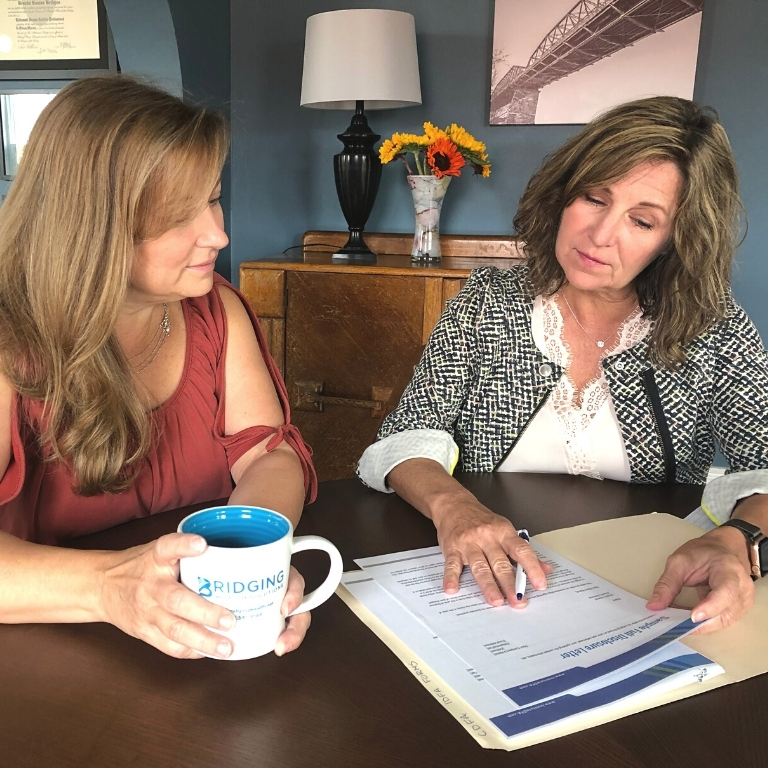Collaborative Divorce




About Collaborative Divorce
If you’re looking for a way to end your marriage without stepping into a courtroom but still want the support and representation of your own attorney, Collaborative Divorce might be the solution you need. This process allows both parties to work together, guided by their own attorneys, to reach an agreement that meets their goals and protects their interests—all while staying out of court.
A Word of Wisdom
Make sure the professionals you choose are specifically trained in Collaborative Divorce by the International Association of Collaborative Professionals. This ensures they’re focused on finding solutions, not winning battles. Some may claim to offer this service without the right training, and that can lead to a less positive experience. Remember, your future is too important to leave to chance.
Frequently Asked Questions
Collaborative Divorce is a private, out-of-court process where both spouses work with their own attorneys and other professionals, like financial advisors and child specialists, to negotiate a settlement that meets their unique goals. Everyone commits to resolving issues respectfully and without litigation, keeping decisions within your control rather than in the hands of a judge.
Collaborative Divorce is ideal for couples who want to avoid the courtroom but still have the support of their own attorneys. It’s perfect for those who are willing to negotiate in good faith, prioritize mutual goals, and maintain a level of respect and cooperation throughout the process. It works well for couples with complex financial issues or unique needs, who want a tailored approach that aligns with their long-term objectives.
This process might not be suitable for couples with high levels of conflict, a lack of trust, or an unwillingness to negotiate in good faith. If there are significant power imbalances, safety concerns, or a history of domestic violence, a different approach may be necessary to ensure protection and fairness.
Both Collaborative Divorce and mediation are out-of-court processes, but there are key differences. In mediation, a neutral mediator facilitates discussions between both parties, but neither party has individual representation during the sessions. In Collaborative Divorce, each spouse has their own attorney advocating for their interests while working together toward a shared resolution. This provides more support and guidance, which can be particularly beneficial for those who feel they need more representation or have more complex issues to resolve.
Unlike litigation, where a judge makes the final decisions, Collaborative Divorce allows both parties to retain control over the outcome. It is less adversarial, often faster, and usually less expensive than going to court. Collaborative Divorce also keeps discussions private, while litigation becomes a matter of public record. The focus is on finding solutions that meet both parties’ goals rather than winning a legal battle.
Pros:
- Keeps you out of court, saving time and money.
- Allows for personalized solutions that fit your unique needs.
- Both parties have their own legal representation.
- Encourages open communication and cooperation.
- Focuses on achieving mutual goals, reducing conflict.
- Keeps discussions private and confidential.
Cons:
- Requires both parties to be willing to negotiate in good faith.
- If negotiations break down, you may need to start over with new attorneys for litigation.
- May not be suitable in cases involving high conflict, distrust, or safety concerns.
Collaborative Divorce is the best choice if you want to avoid the court system but still have the support and advocacy of your own attorney. It allows you to focus on goals and solutions, giving you control over your future without the stress, cost, and public exposure of litigation. It’s designed for those who want a respectful, cooperative process that protects their interests and helps them move forward.
Our Services and Areas of Expertise
Contact Us:
Let's Talk - Schedule Now
Complimentary Clarity Call
Begin Your Journey to Clarity and Support – Schedule Now

